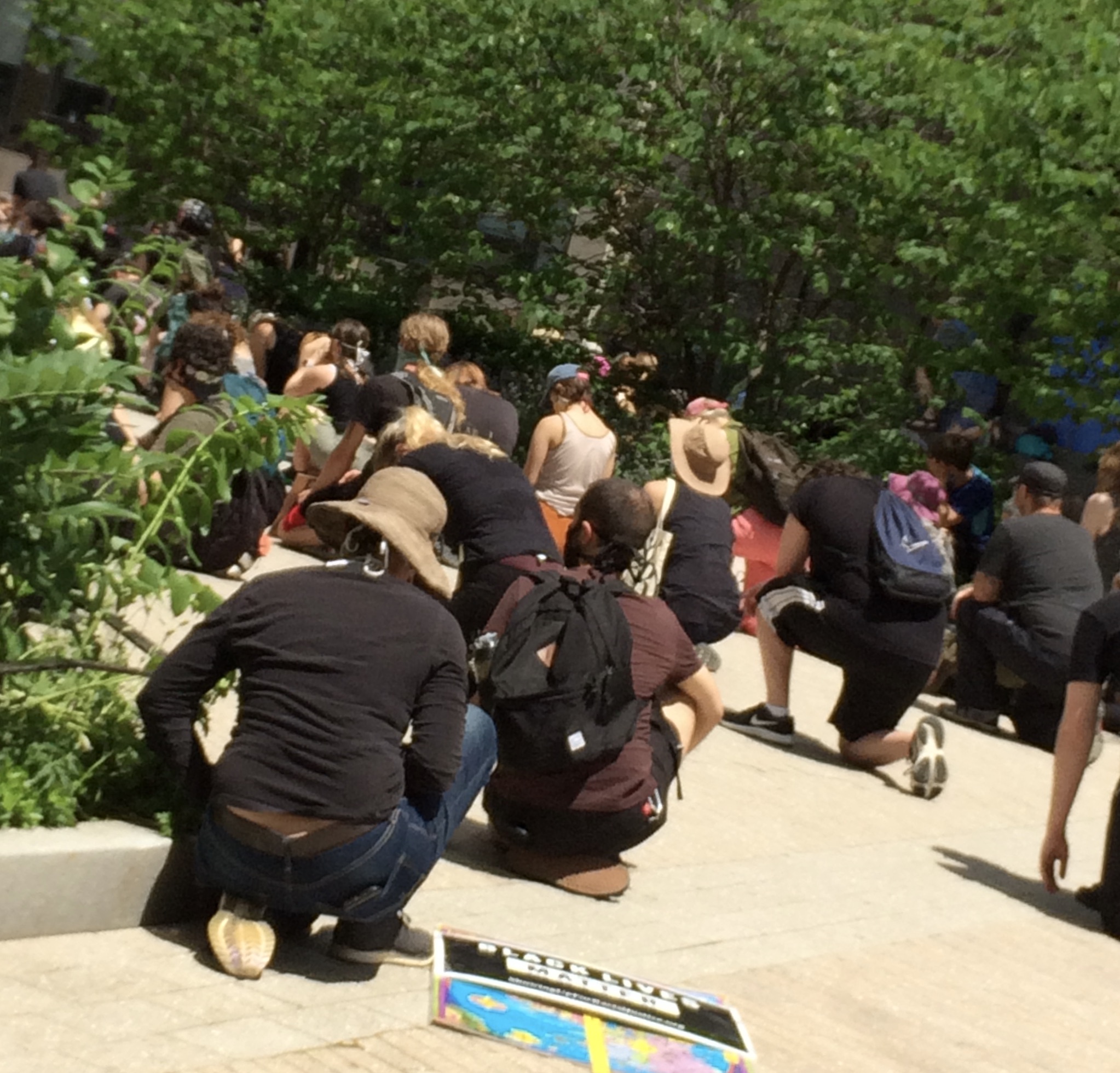Question: Being an ally is important to me, but an obviously important piece of what that means is having difficult conversations with people who either believe that allyship is unnecessary or worse, some kind of liberal conspiracy. I want to have better tools for dealing with people who are fact-resistant and believe the false stories in the right-wing media. When I present multiple sources that contradict the lies they have heard, I feel like we end up on a merry-go-round in the he said/she said tradition where nobody learns anything and we both end up frustrated. What can I be doing better?
Oh, yes. This dilemma is so familiar. It is so important that those of us who are white allies try to have those difficult conversations with the fact-resistant people that you refer to, about racism and other intersectional issues. And with those who might agree with us about the facts but can’t get motivated to act.
As you said, it has become increasingly frustrating, and I can’t claim much success. We can all think we know what’s right, so changing someone’s mind about anything important can be brutal, if not impossible. Simply mentioning certain issues can lead to anger or anxiety. Just presenting reliable evidence or showing how their evidence is contradictory or comes from unreliable sources doesn’t usually work. Our nation is on edge, suffering not only from what filmmaker Ken Burns called the three pandemics, COVID, white nationalism, and misinformation, but a climate emergency, so the tension we feel makes what’s difficult even more so.
In the political situation we are in today, the strongest wall the right-wing leaders have built is clearly not at our southern border, but down almost the middle of this nation. This wall was very deliberately constructed. Making conversations difficult is one way that differing viewpoints are turned into a wall.
When I taught a class on debate, I did research on persuasion. A key point is to first get your foot in the door. Get any point of acceptance, of something we share or agree about. Say ‘yes’ and hopefully they will do the same. Establish a relationship so we are no longer on the other side of a door, or wall.
When disinformation is mistaken for truth, and truth becomes indistinguishable from belief, anyone who doesn’t reside on our side of the border on an issue is perceived as an enemy. And one of the main components of that wall is racism. So maybe the best thing to expect from ourselves is speaking to that reality as clearly as we can.
George Lakoff, in his books The All New Don’t Think of an Elephant, Know Your Values and Frame the Debate, and Your Brain’s Politics: How the Science of Mind Explains the Political Divide, provides clear, explicit methods for doing this. First, listen for the person’s values and speak to them. Don’t just negate or argue with the other person’s claims. Then, re-phrase or reframe the issue. And once that reframe is accepted in the conversation, our point of view can follow naturally from it, as common sense. Don’t be a patsy to their way of framing or misrepresenting the world. Use frames we really think are true based on values we hold. And recognize who might be more inclined to listen to us….
**To read the whole post, go to the Ask An Ally column of the Good Men Project.



